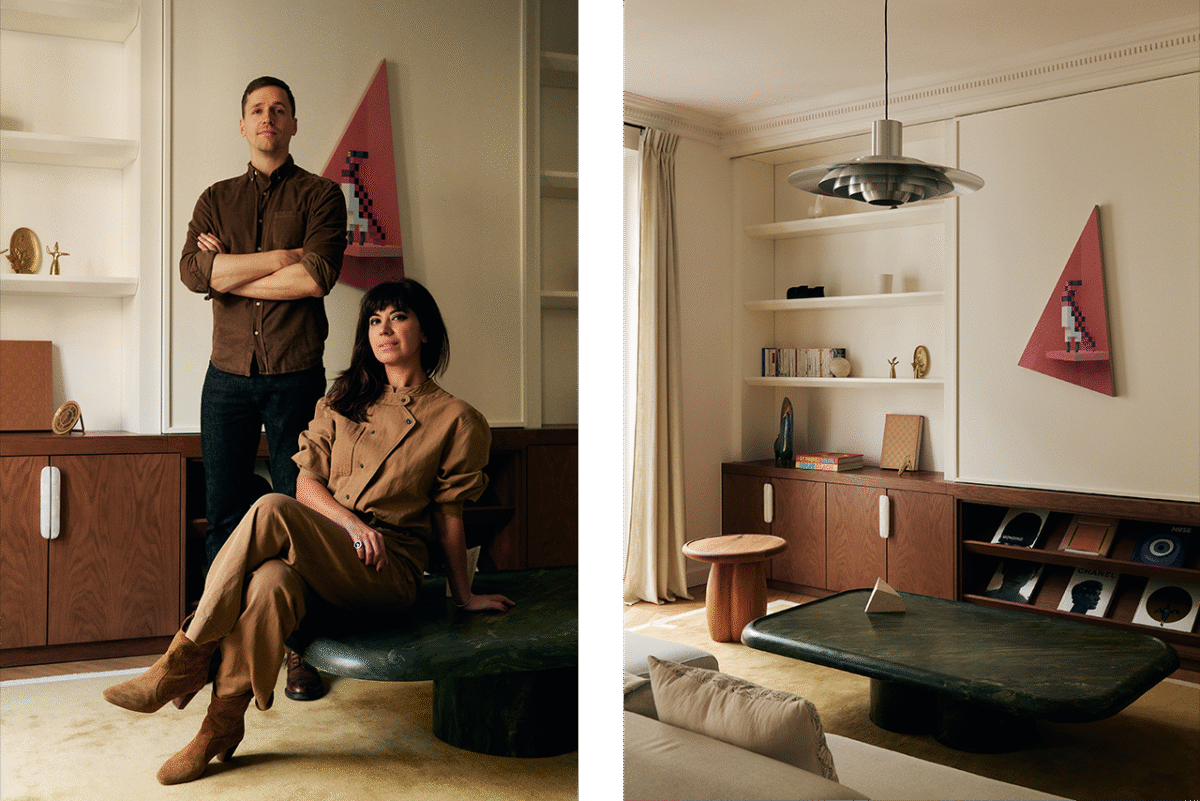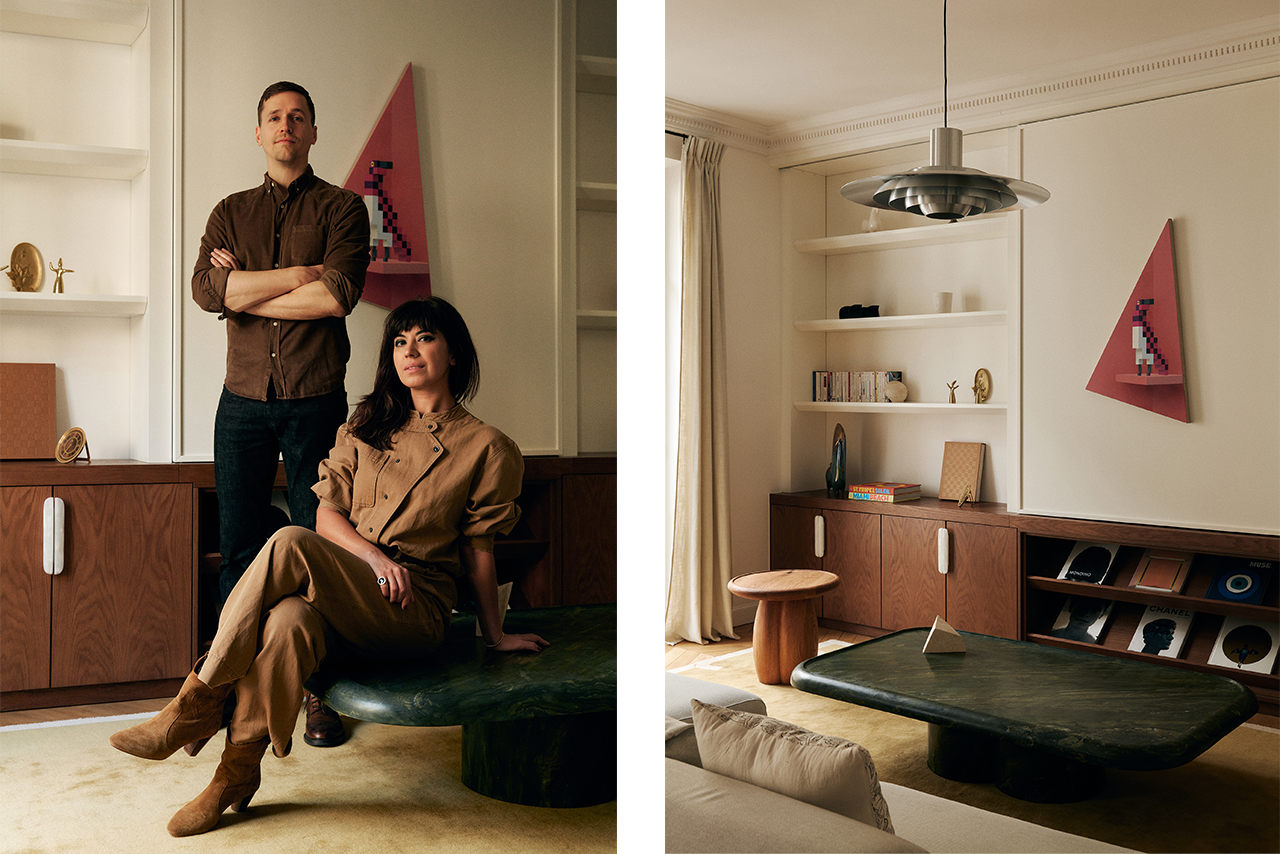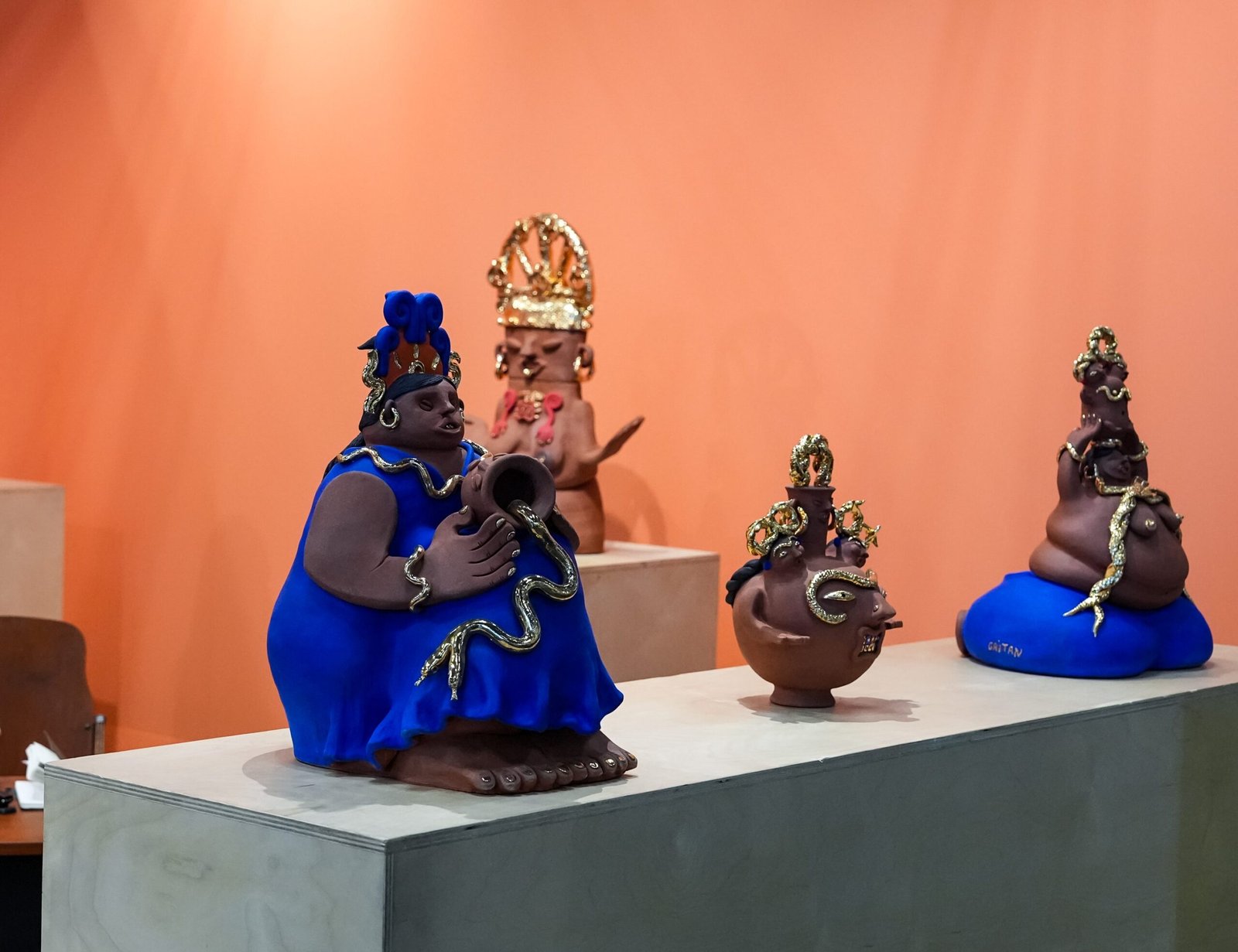With striking venues, support for emerging designers and renewed respect for France’s métiers d’art, Paris Design Week has quickly become a must on the global design circuit, and Milan’s fiercest competitor.
Much like the global fashion calendar, the design industry’s annual circuit is increasingly packed. From Mexico City to Melbourne, there are numerous design festivals around the world each year, including more than a dozen notable design “weeks” in Europe alone. These are often held in national capitals and significant creative centres. Yet Paris Design Week, which is run by the Maison & Objet trade show, is fast becoming the principal challenger to the reign of Milan Design Week. So what is it that has helped the event stand out in just 15 years of existence?
“Our main focus is to make Paris synonymous with new trends and aesthetics,” the director of Paris Design Week, Franck Millot, tells The Monocle Minute on Design. “To stand out, we emphasise the exhibition of emerging designers in the best light and as affordably as possible for them.” That strategy sees its organisers leverage both outstanding private projects in the French capital as well as the city’s breathtaking landmarks to serve as venues for designers hailing from more than 30 countries. This year’s highlights include: a presentation in Beautreillis; a Parisian apartment interior design by Studiovlach (pictured below); Le Corbusier’s Maison Atelier d’Ozenfant will be a platform for Hyacinthe and Leitmotiv to present their work (pictured); the Hôtel de la Marine on the Place de la Concorde will host an exhibition by designer Jérémy Pradier-Jeauneau; and the towering column on the Place de la Bastille will host a show by Aude Franjou dedicated to fabrics called Textile resilience: Corals of Freedom. The flamboyance of these grand venues sets Paris apart from any other design week.

Another factor in Paris’s growing clout is the increase in reverence for the métiers d’art, a catch-all term for France’s historic decorative arts, from leatherwork to goldsmithing. Not so long ago, these skills and the efforts to preserve them were treated with mild neglect. But today, métiers d’art has become synonymous with quality, character and refinement – as demonstrated by partnerships with some of the country’s biggest brands. Case in point is the work of French designer and cabinetmaker Pierre Renart, who will be presenting two exclusive pieces finished with leather seats in collaboration with French fashion house Longchamp.

“France is not a great nation in the industry of design but we are a great nation of creation,” says Millot. French design might not be as evocative as its Scandinavian or Italian counterparts but it does have an unrivalled know-how when it comes to making. This, combined with the dialogue that Paris Design Week nurtures between history and the cutting edge, is giving rise to designs unbeholden to a particular aesthetic or code. In a jam-packed design calendar, that makes Paris one of the year’s most special events.
Simon Bouvier is Monocle’s Paris bureau chief.








